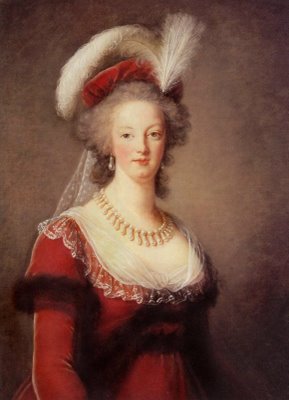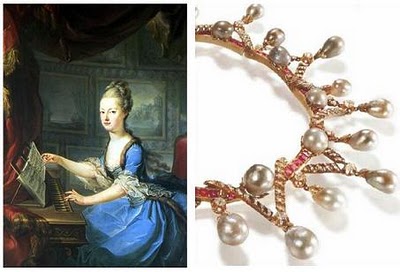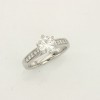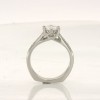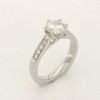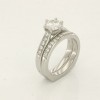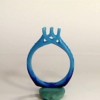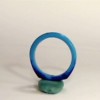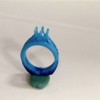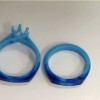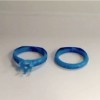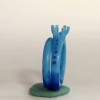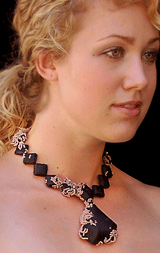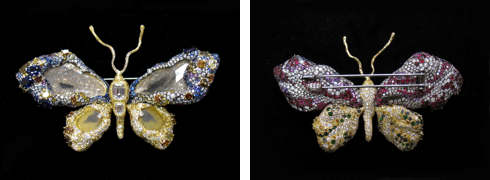We know that having wedding bands that reflect us really matters. It is a feeling of being individual, sure. But even more, it’s a feeling of truly honoring and loving who we have become and how we got here.The design that Joe helped us create reflects our path, totally.
You can see that they are two slim bands joined at the top. Slim and elegant is how I think of Liliana (I won’t pretend to say what she might think of me.) Joining her at the top of our game is exactly what I want to feel. We are so very different, so having one band of white gold and one of yellow gold just works. And we are very connected, so three diamonds to represent that sharing feels just right.
We came together from different continents. Liliana has lived in Australia and I, North America. Now, we share a home on each continent, a connection on each side of the world. These rings reflect that, too.
The two bands are clearly individual.They show that we connect without fusing to each other. That is how we live and want to continue to live our days.
What you may not be able to see in the pictures is that Joe designed the bands as infinity symbols. For us, this is perfect. I can write about how we met teaching metaphysics. I can talk about teaching the meaning of infinity. But here, I would rather share the feeling, the romantic sense of infinity, as it applies to us today.
We teach a science. But when we look at these rings that are so very us, so very uniquely us, I am living the feeling, not the thinking. Life is infinite joy, as are we. And life is good, getting better, and we are sharing that.
All that from two rings? No, it comes from us, but with Joe’s help, the rings are a perfect reflection. I hope that you like them even half as much as we do.
– Peter and Liliana, contestants of the 3rd Annual DIY (Dream it Yourself) Custom Design Jewelry Contest































